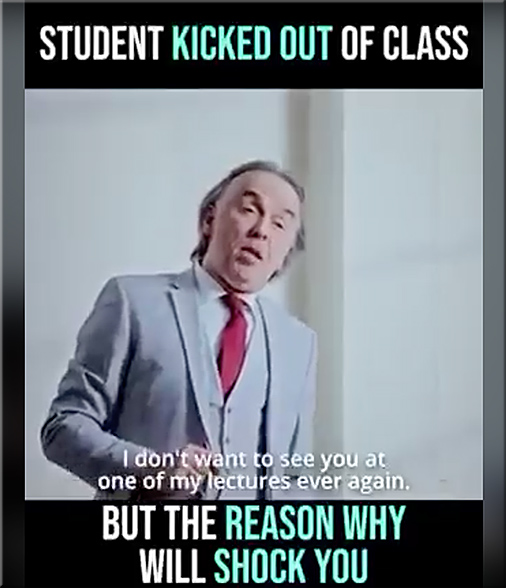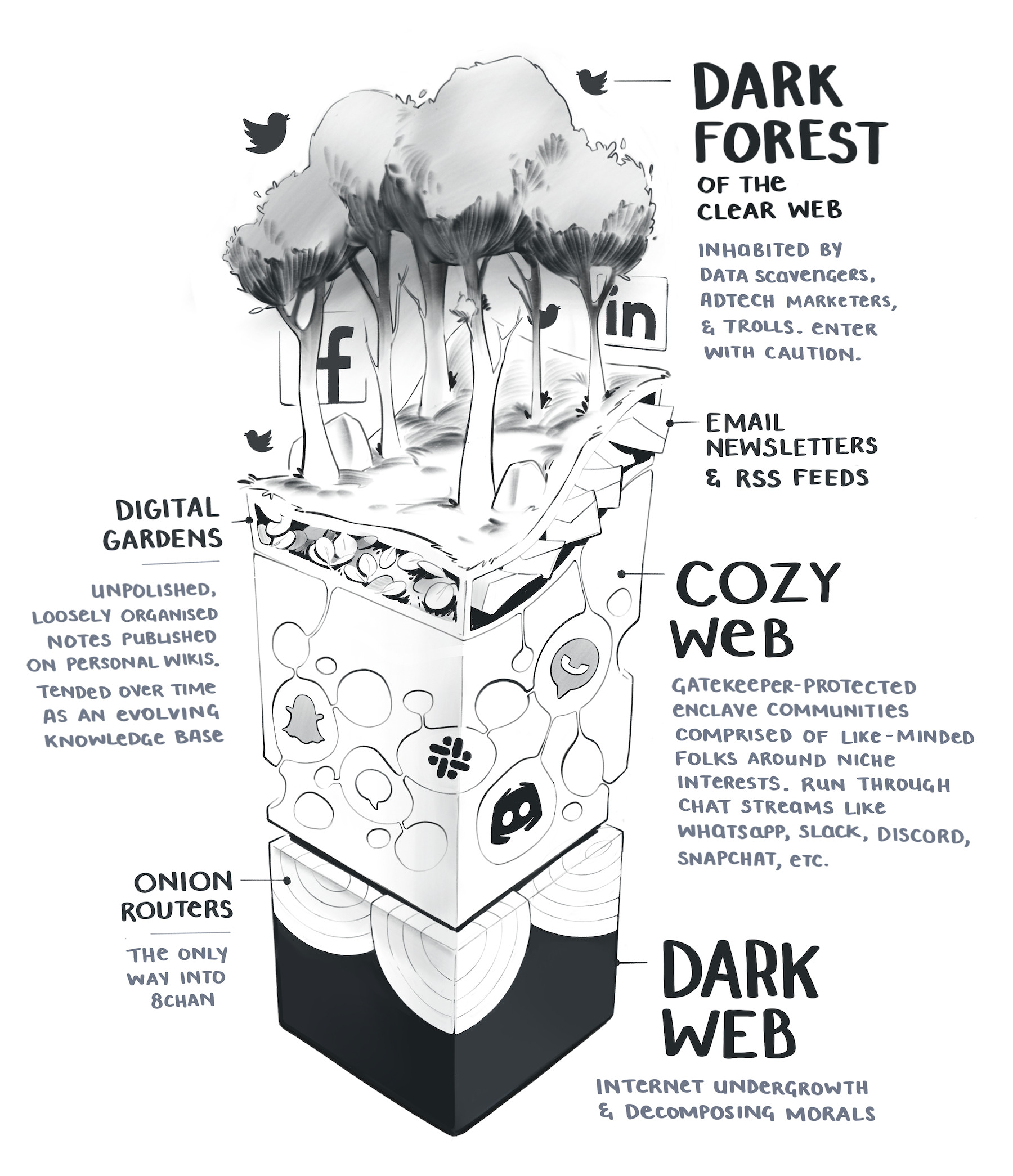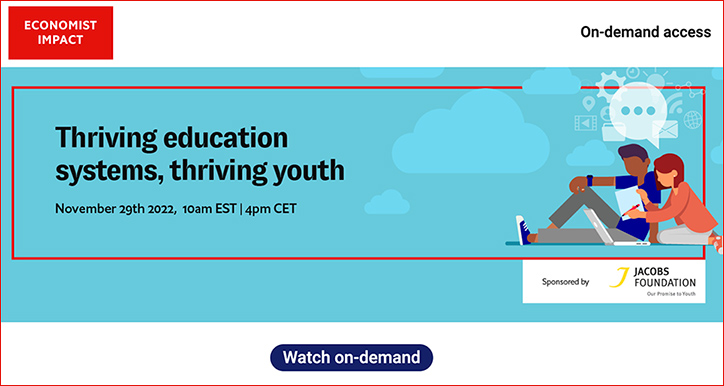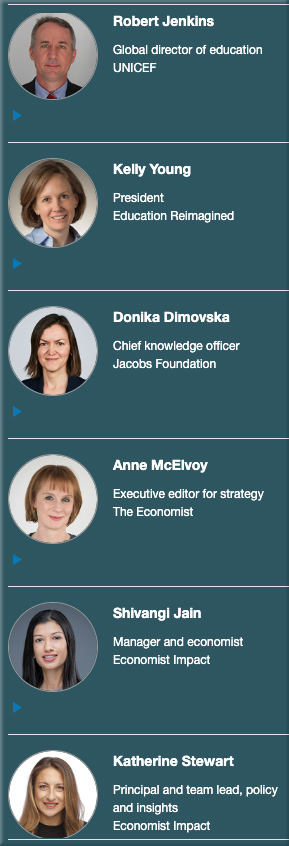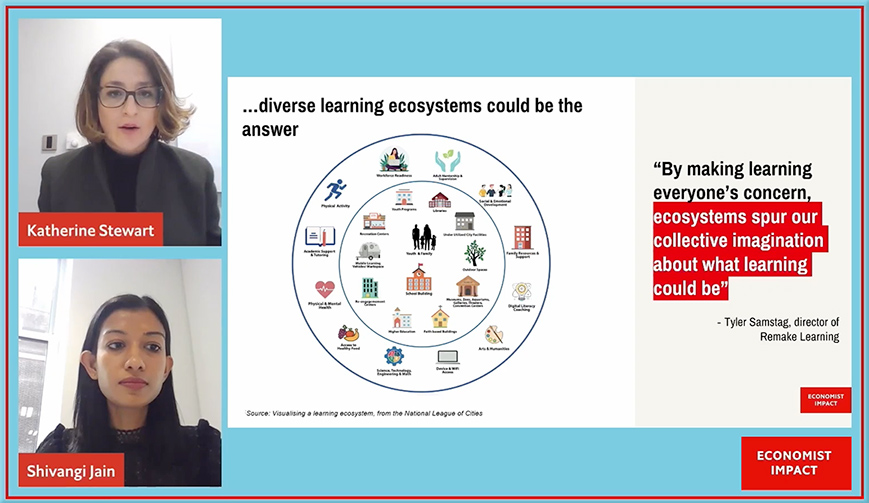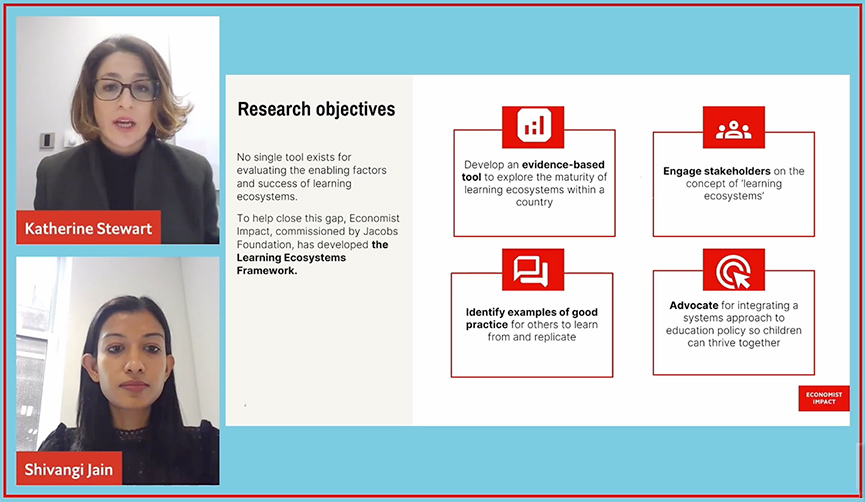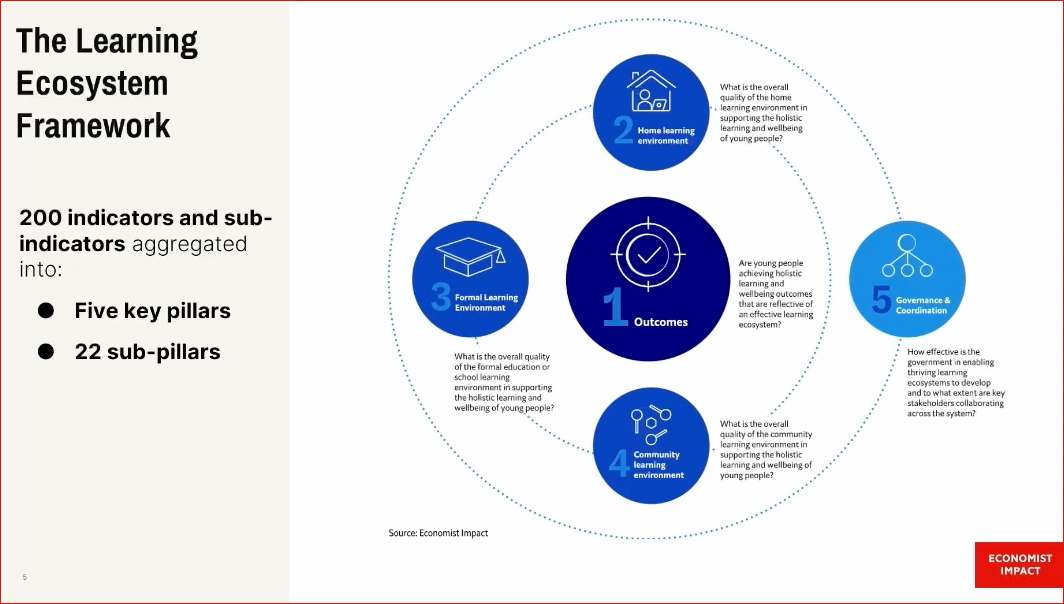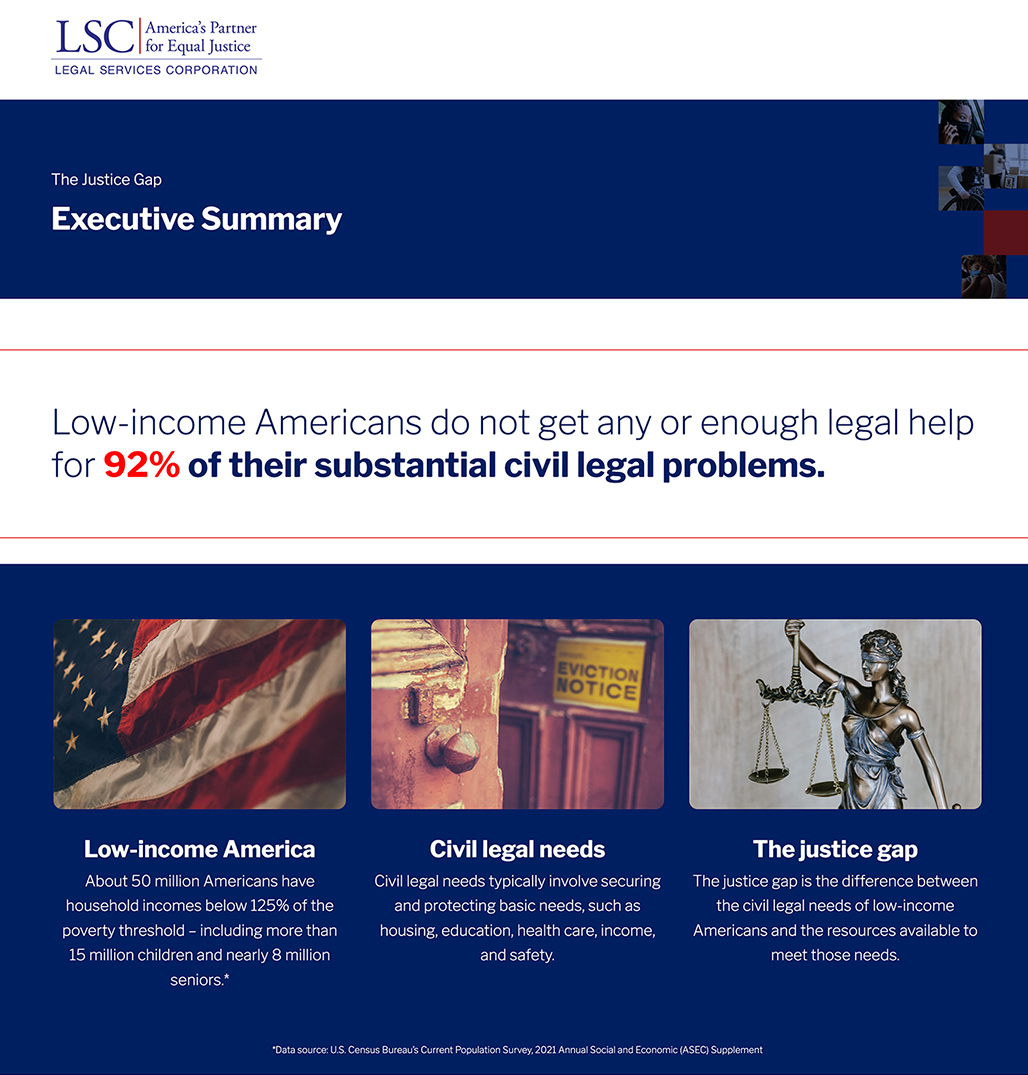The Justice Gap: The Unmet Civil Legal Needs of Low-income Americans — from the Legal Services Corporation
Legal Services Corporation’s 2022 Justice Gap Report provides a comprehensive look at the differences between the civil legal needs of low-income Americans and the resources available to meet those needs. LSC’s study found that low-income Americans do not get the help they need for 92% of their civil legal problems, even though 74% of low-income households face at least one civil legal issue in a single year.
The consequences that result from a lack of appropriate counsel can be life-altering – low-income Americans facing civil legal problems can lose their homes, children and healthcare, among other things. Help can be hard to access, so LSC is working to bridge this “justice gap” by providing pro bono civil legal aid for those in need. Find out more about LSC’s work to ensure equal justice for all by tuning in to the rest of the Justice Gap video series.
For more information on the Justice Gap, visit https://justicegap.lsc.gov/.
Also relevant/see:
- This report was mentioned by the Chief Justice of Michigan’s Supreme Court, Bridget McCormack, at her 11/4/22 presentation at the University of Pennsylvania’s Law 2030 event.
.
.
Taking stock as the world population hits 8 billion — from mckinsey.com
Excerpt:
November 13, 2022 Projections show the global population will surpass 8 billion people on November 15, and in 2023, India is expected to surpass China to become the world’s most populous nation. It was only 11 years ago that the world reached the last billion; these milestones generate considerations of resource allocation, food security, climate change, and more. Already, one in nine people can’t get enough to eat every day, even while 33 to 40 percent of our food is lost or wasted each year, according to research from senior partners Clarisse Magnin and Björn Timelin. As we continue to grow, how can we support an unprecedented population while raising the quality of life for all? Explore our insights to learn more about how to avoid a food crisis, common misconceptions around global migration, the future of an aging population, and more.
Also see:
EIEIO’s e-newsletter of 11/13/22 where it says:
This week on Tuesday, it’s projected that a baby will be born somewhere on Planet Earth that brings the population to 8 billion people. Notably, the global population reached 7 billion people just eleven years ago. When I was born, in 1962, there was 3 billion people, and the United States had a population of 180 million versus roughly 335 million today.

.
What we know from Nobel Laureate Economist James Heckman out of the University of Chicago is that $1 invested in early childhood education produces a $7 return in economic gain. Moreover, while investment in education produces a compelling return at all stages, the earlier you invest in education, the higher the return.

From DSC:
I virtually attended the Law 2030 Conference (Nov 3-4, 2022). Jennifer Leonard and staff from the University of Pennsylvania’s Carey Law School put together a super conference! It highlighted the need for change within the legal industry. A major shout out to Jennifer Leonard, Theodore Ruger (Law School Dean), and others!
I really appreciate Jen’s vision here, because she recognizes that the legal industry needs to involve more disciplines, more specialists, and others who don’t have a JD Degree and/or who haven’t passed the Bar. On Day 1 of the conference (in the afternoon), Jen enlisted the help of several others to use Design Thinking to start to get at possible solutions to our entrenched issues.
America, our legal system is being tightly controlled and protected — by lawyers. They are out to protect their turf — no matter the ramifications/consequences of doing so. This is a bad move on many lawyers part. It’s a bad move on many Bar Associations part. Lawyers already have some major PR work to do — but when America finds out what they’ve been doing, their PR problems are going to be that much larger. I’d recommend that they change their ways and really start innovating to address the major access to justice issues that we have in the United States.
One of the highlights for me was listening to the powerful, well-thought-out presentation from Michigan’s Chief Justice Bridget McCormack — it was one of the best I’ve ever heard at a conference! She mentioned the various stakeholders that need to come to the table — which includes law schools/legal education. I also appreciated Jordan Furlong’s efforts to deliver a 15-minute presentation (virtual), which it sounded like he worked on most of the night when he found out he couldn’t be there in person! He nicely outlined the experimentation that’s going on in Canada.
Here’s the recording from Day 1:
Jeff Selingo’s comments this week reminded me that those of us who have worked in higher education for much of our careers also have a lot of work to do as well.
Addendum on 11/8/22:
- Here are my notes from the conference, which include several snapshots.
- And here are the notes from just Chief Justice Bridget McCormack’s excellent presentation.
As bomb threats keep targeting HBCUs, 64 higher ed groups tell Congress to act — from highereddive.com by Laura Spitalniak
Excerpt (emphasis DSC):
More than a dozen HBCUs have been forced to clear campuses and cancel in-person classes following bomb threats this year. Fisk University, in Tennessee, issued a shelter-in-place order Monday after receiving a series of threats. The same day, Howard University, in Washington, D.C., received a bomb threat for the fourth time since the beginning of January and told students and employees to stay indoors.
All-clear notices have since been issued for both Fisk U and Howard U.
‘You’re Not Safe as a Black Person’: New Round of Bomb Threats Rattles HBCUs — from chronicle.com by Oyin Adedoyin
Excerpt:
The recent string of bomb threats across a handful of historically Black colleges and universities has sparked fear within higher education’s Black community. “This is probably one of the clearest examples of hate crimes based on race,” said Paulette Granberry Russell, the president of the National Association of Diversity Officers in Higher Education.
From DSC:
Some of the institutions I saw mentioned were:
- Bowie State University, Howard University, Albany State University, Bethune-Cookman University, Southern University and A&M College, and Delaware State University
Can you imagine if this happened at Harvard, Yale, Northwestern, Stanford, and/or similar institutions? You and I both know that if students there kept having to put up with bomb threats and having their in-person classes canceled, there would be hell to pay! There would be a lot more heat in the kitchen. A lot more noise. A lot more overall societal concern.
For me, the bottom line is that this situation is horribly wrong. It’s downright evil. I hope it gets resolved soon, though I have to say that I’m not as hopeful as I’d like to be in this 21st century of ours here in the United States…where I continue to be amazed at our lack of unity, respect, compassion, and caring for other people. The amount of racism and hate crimes in our country is just horribly wrong.
On somewhat related notes, see:
Where HBCU grads are thriving — from linkedin.com by McKenna Moore
Excerpt:
Promotion rates for graduates of historically Black colleges and universities (HBCUs) rose 4.94% in 2021 from the previous year, according to insights from LinkedIn’s data on over 600,000 HBCU alumni. The industries that outperform others in promoting HBCU grads include energy and mining, software and IT services, hardware and networking, finance and manufacturing. And the specific job functions that lead to the best chance of promotion for these alumni are program and project management, marketing, human resources, business development and accounting.
Black talent on the fast track: these 10 paths stand out for HBCU graduates — from linkedin.com by George Anders
Excerpt:
All told, more than 600,000 graduates of HBCUs such as Spelman have profiles on LinkedIn. That makes it possible for LinkedIn’s Economic Graph team to analyze the career paths that these alumni have chosen – and to extract insights about promotion rates by job types, gender and in comparison to non-HBCU graduates.
The overall picture that emerges from this data includes a wide list of career paths where HBCU alumni are thriving, as well as signs that overall gaps between HBCU graduates’ promotion rates and non-HBCU trends haven’t yet closed.
Giving to Community Colleges and HBCUs Soared Last Year — from philanthropy.com by Dan Parks
Addendum on 2/19/22:
- Morgan State, Southern Poverty Law Center leaders testify on bomb threats against HBCUs — from highereddive.com by Laura Spitalniak









